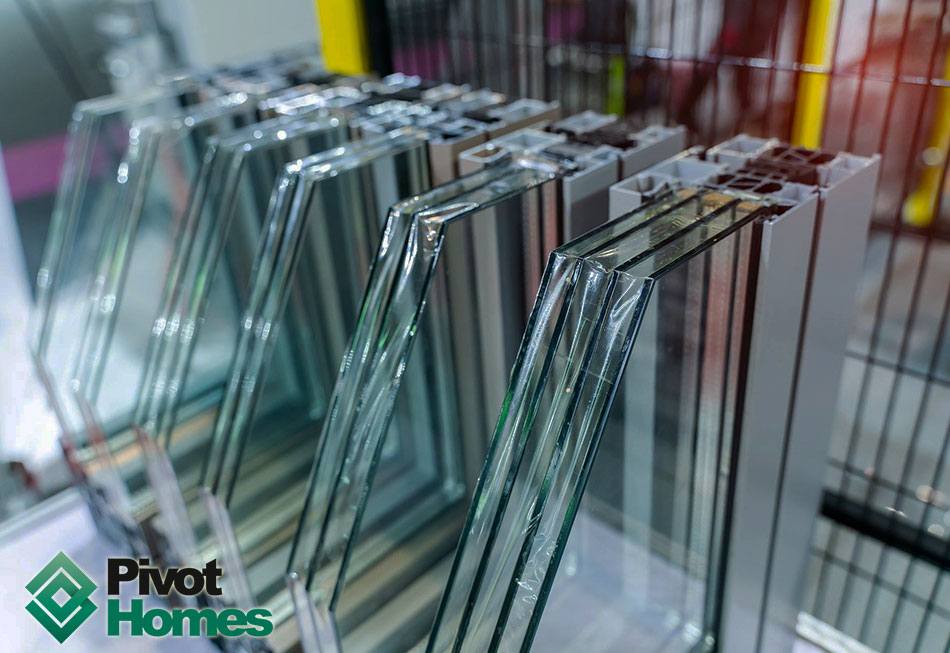All Categories
Featured
Table of Contents
Benefits Of Replacing Double Glazing Windows In The Summer in Rockingham Western Australia
Glazing just implies the windows in your house, including both openable and fixed windows, as well as doors with glass and skylights. Glazing in fact just means the glass part, but it is usually used to describe all elements of an assembly including glass, movies, frames and furnishings. Paying attention to all of these elements will help you to accomplish efficient passive style.

Energy-efficient glazing makes your home more comfortable and dramatically decreases your energy costs. Nevertheless, unsuitable or badly designed glazing can be a major source of undesirable heat gain in summertime and significant heat loss and condensation in winter. As much as 87% of a home's heating energy can be gained and up to 40% lost through windows.
Benefits Of Replacing Double Glazing Windows In The Summer in Middle Swan Perth
Glazing is a considerable financial investment in the quality of your home. An initial financial investment in energy-efficient windows, skylights and doors can considerably minimize your annual heating and cooling costs.

This tool compares window selections to a base level aluminium window with 3mm clear glass. Comprehending a few of the key residential or commercial properties of glass will help you to choose the very best glazing for your home. Key residential or commercial properties of glass Source: Adjusted from the Australian Window Association The amount of light that travels through the glazing is referred to as visible light transmittance (VLT) or visible transmittance (VT).
Window Glazing For Households - Energy in West Perth WA
This might lead you to turn on lights, which will result in greater energy costs. Conduction is how easily a material performs heat. This is known as the U value. The U worth for windows (expressed as Uw), describes the conduction of the whole window (glass and frame together). The lower the U worth, the greater a window's resistance to heat circulation and the better its insulating value.
For example, if your house has 70m2 of glazing with aluminium frames and clear glass with a U value of 6. 2W/m2 C, on a winter's night when it is 15C colder outside compared to indoors, the heat loss through the windows would be: 6. 2 15 70 = 6510W That is equivalent to the total heat output of a big space gas heating unit or a 6.
Double Glazed Windows In Melbourne in Ascot WA

If you pick a window with half the U worth (3. 1W/m2 C) (for example, double glazing with an argon-filled gap and less-conductive frames), you can halve the heat loss: 3. 1 15 70 = 3255W The solar heat gain coefficient (SHGC) for windows (revealed as SHGCw) determines how readily heat from direct sunshine flows through an entire window (glass and frame together).
The lower a window's SHGC, the less solar heat it transfers to the house interior. The actual SHGC for windows is affected by the angle that solar radiation strikes the glass.
Save Energy With Double Glazed Windows in Coolbellup Perth
When the sun is perpendicular (at 90) to the glass, it has an angle of incidence of 0 and the window will experience the maximum possible solar heat gain. The SHGC stated by glazing makers is constantly determined as having a 0 angle of occurrence. As the angle increases, more solar radiation is reflected, and less is sent.
Latest Posts
Double Glazed Windows: A Complete Guide in Kelmscott WA
How Does Double Glazing Keep Heat Out? in Lathlain Western Australia
A Complete Guide To Double Glazed Windows in Wembley Downs WA